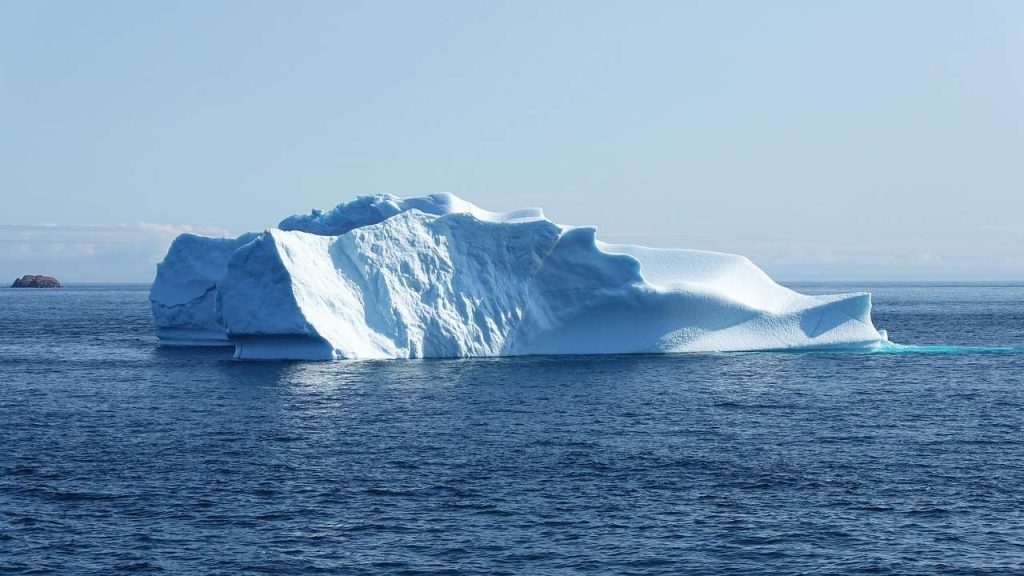Arctic warming is a global issue. The sea ice in the Arctic plays a crucial role in the climate system. We
thought that a recent abnormality in many countries in the northern hemisphere could be related to the effects of
shrinking sea ice in the Arctic. Many research groups monitor sea ice in the Arctic for climate research. Satellite remote
sensing is an integral part of Arctic sea ice research due to the Arctic’s large size, making it difficult to observe with
general research equipment, and its extreme environment that is difficult for humans to access. Along with monitoring
recent weather changes, Korea scientists are conducting polar remote sensing using a Korean satellite series to actively
cope with environmental changes in the Arctic. The Korean satellite series is known as KOMPSAT (Korea Multi-Purpose
Satellite, Korean name is Arirang) series, and it carries optical and imaging radar. Since the organization of the Satellite
Remote Sensing and Cryosphere Information Center in Korea in 2016, Korean research on and monitoring of Arctic sea
ice has accelerated rapidly. Moreover, a community of researchers studying Arctic sea ice by satellite remote sensing
increased in Korea. In this article, we review advances in Korea’s remote sensing research for the polar cryosphere over
the last several years. In addition to satellite remote sensing, interdisciplinary studies are needed to resolve the current
limitations on research on climate change.

